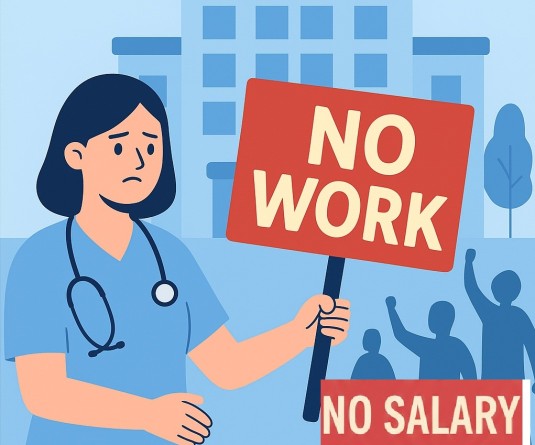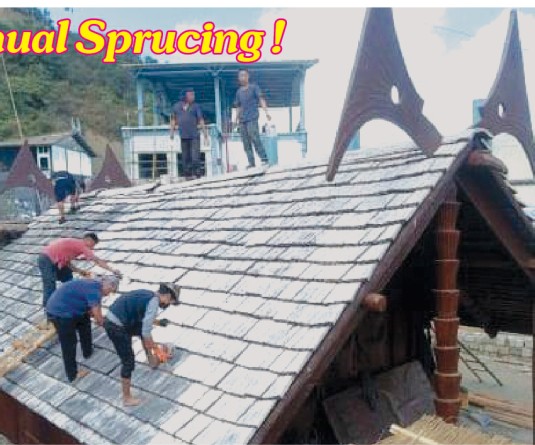
Peren, December 19 (MExN): A three-day training programme on ecological farming was held in Peren Village from December 13 to 15. Peren Council organized the programme in collaboration with Henry Martyn Institute, Hyderabad. In recent years there is growing sense of awareness related to health, environment and sustainable livelihoods among the people of Nagaland. Farmers are also realizing that the costs related to inputs into the farms i.e. purchase of seeds, fertilizers, pesticides and herbicides are raising steadily while there is not sufficient output from the farm. Also there is a steady decline in paddy, pulses and millet cultivation in Nagaland, which threatens the food security and nutritional needs of people.
In this context, Peren Council organised the training for helping people engaged in agriculture to learn about the basics of ecological farming, stated a press release issued by Dr. Ndangkie Ndang General Secretary, Peren Council.
Egambaram from Tamil Nadu, Acting Associate Director of Henry Martyn Institute, Hyderabad acted as facilitator and resource person. The workshop was conducted with the initiative of K. Elu Ndang, Assembly Secretary of Naga Hoho.
On December 13, the first session was an interactive session which covered the needs and principles of ecological farming followed by practical lessons on using locally available materials. The practical training involved local people making the preparations in the village with discussions on how the herbal pest repellents, tonics, bio-fertilizers that were made can improve soil fertility, soil health, and micro organism growth in soil thereby improving growth of healthier plants.
On the next day, participants learnt how to make and use circular bed, double digging bed, raised bed, and micro rain water harvesting structures in their fields. It was also pointed out that by using such techniques and methods it was possible for increasing the number of years the Jhum field is used. The importance of digging micro rain water harvesting structures suitable for slope land and how it improves in retaining or storing water in the field was discussed.
On December 15, practical demonstration and training on using local leaves, cow dung/urine, pig dung/urine, ash, chilli powder, turmeric, oil cakes, hing, ginger, garlic, onions, milk, dahi, aloe vera, ghee, banana, jiggery, rice water, millet powder in making four preparations namely Panchagavya, Ash-Chilli powder and tonic, and herbal pest repellent.
The benefits of using the preparations were discussed after each preparation was made such as control of pest, better yields, preventing falling of buds, flowers, control of pests attacking leaves, stem, roots, fruits, vegetables, low cost through use of locally available food and waste materials.
All the preparations were made by local volunteers with directions from the resource persons on name of the preparation, its formula, ingredients required, process, and time taken for preparations to become medicines or pest repellents, method of use, formula at time of use, and benefits of use.
Key concepts learned by the people were how to make fertilizers and pest repellents at low cost – how to convert commonly used food materials into medicine - and how to convert locally available wastes as food or medicine either for the soil or for the plants.






